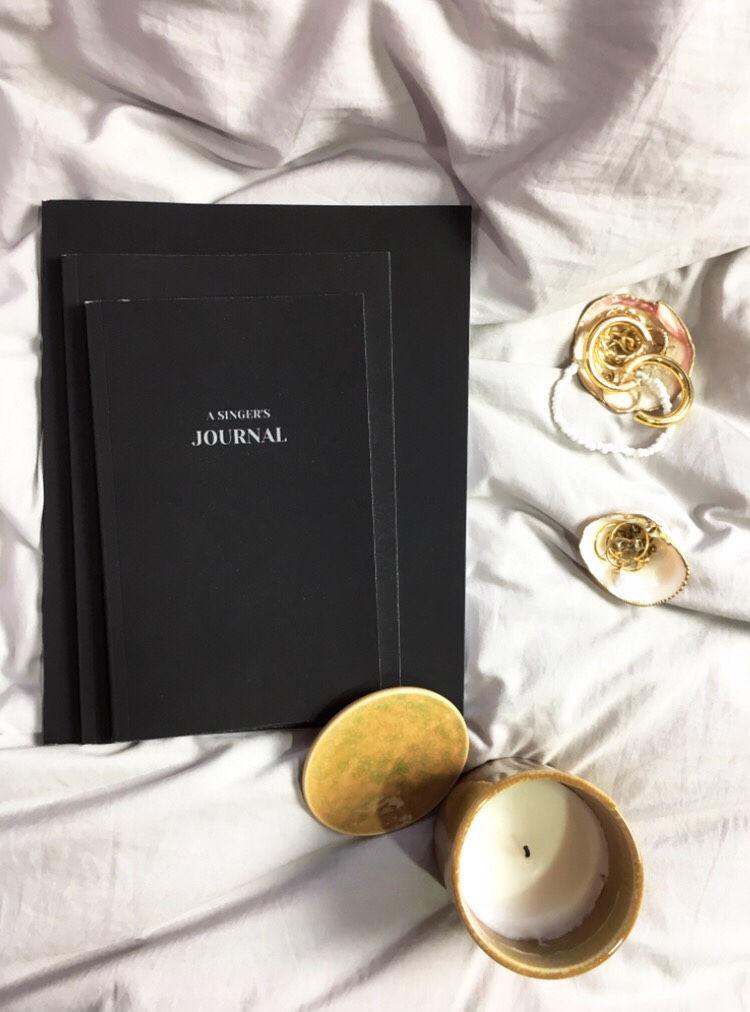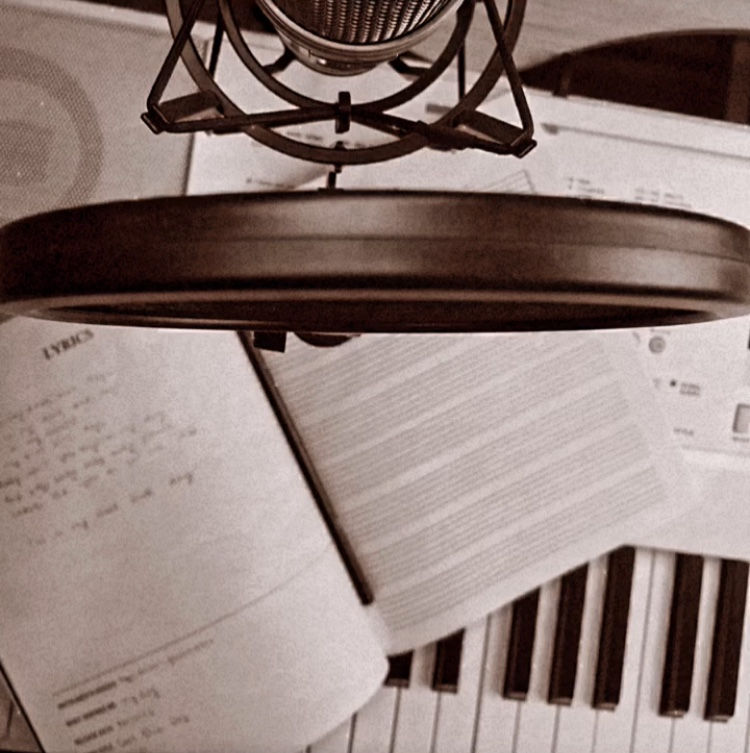10 TIPS FOR LEARNING A SONG FASTER
- ktvocalbusiness
- May 9, 2021
- 5 min read
Plan your practice routine.
Learn the original first.
Learn it in sections.
Make a playlist (active & passive listening).
Print lyrics & add colorful notes.
Practice with backing track/instruments.
Play it on an instrument.
Add your own touches.
Record yourself.
Have your lyric sheet/score in front of you.
Do you have to learn a song/s for your performance?
Are you already stressing out about not remembering the lyrics, or messing up the performance? We have all been there.. Unfortunately there is no easy way out, but there are some tips and tricks that can speed up the process.
Please take a deep breath, start practicing and use my following 10 realistic tips, which help me and my students everyday.
-The following tips apply to all types of performances-
PLAN YOUR PRACTICE ROUTINE
Get yourself a planner or a journal and plan regular rehearsals way in advance. You should be ready a week before the performance, and only run through your repertoire, during the last week. Practice 5-6 times a week. Please don't overdo it and allow yourself 1-2 days of vocal rest. You don’t want to tire out your voice before a performance.
Practicing for 30 minutes, five times a week, is way more efficient than five hours twice a week. When we perform, many thoughts go through our mind. Our goal is to know exactly what we are singing, and try to decrease those unnecessary thoughts, that cause stress and focus on enjoying the performance. The more you practice, the more confident you will feel, and the less stress you will have.
You don’t want to have disappointing thoughts going through your head, of how the performance might have gone, if you were more prepared. Be professional, and if anything does go wrong own up to it, learn, and improve. It is part of the process..
If you would like to purchase the Journal I created especial for singers, find it at the link below.
Link to my Journal: https://www.amazon.com/Singers-Journal-Singer-Notebook-Notebooks/dp/B08ZBJ4MQ1/ref=sr_1_2?dchild=1&keywords=katie+miltiadous&qid=1620551299&sr=8-2

Available on Amazon worldwide.

LEARN THE ORIGINAL FIRST
As a unique artist, you should always perform a song in your own style. In order to do that, you must know, how the original song is performed. You must know how the vocal line goes, feel the rhythm, know the structure, listen to the harmony and understand the meaning of the song.
Without all this it is more likely that the performance and whole experience will be messy. My advice on this is to listen to the original many times, find the original score if you can, and sing the original exactly as it is with a backing track until you feel like you have learned it.
LEARN IT IN SECTIONS
Break it down into sections. For example verse 1, chorus, verse 2 , pre chorus, bridge and so on. By doing this you will learn the structure of the song.
By trying to sing the whole song each time , your brain will find it more difficult to process the small parts that you are not sure about, and it will be more time consuming. As our time is precious go over your small sections and when you feel comfortable sing the whole song a few times.
MAKE A PLAYLIST (ACTIVE & PASSIVE LISTENING)
Add your song/s to a playlist on a device that you frequently use, in order to be able to listen to it anywhere and anytime. Active and passive Listening will speed up your learning process, maybe more than you think. Make sure you do some active listening first, of live and studio recordings of your repertoire, when you are learning the original.

Listen to the details, go over the parts that you are not sure about, and then move on. Then continue with passive listening, where you can listen to the song/s in the background while you are doing other activities.
PRINT LYRICS & ADD COLORFUL NOTES
Instead of looking at a screen, I would advise you to print the lyrics/score on paper, where you can add markings and notes that will make your learning process more efficient and productive. When we sing we have to multitask our thoughts and actions. It is hard to remember everything throughout a song or a whole setlist of songs.
On your sheet make sure to add your breath marks, your riffs, your changes, and basically anything you need to remember to perform well. Make sure each note is with a different color. This will make it easier for the eye to catch and easier for your brain to process.
PRACTICE WITH BACKING TRACK / INSTRUMENTS
Sing it with the band / backing track / accompanist that you are going to use for your performance at least 10 times before the performance, so you know exactly where to come in, know the structure of the song, the instrumentation and be familiar with the specific version.
Also if you are going to perform with live instruments, it is very important to practice with them beforehand so you can develop musical communication with them. Communication between players while performing is very important, but that is a discussion for another blog.
PLAY IT ON AN INSTRUMENT
If you can play any other instrument, such as piano, guitar etc., it is useful to try and sing while accompanying yourself, even if you are not the one who will be in charge of the accompaniment part, for the performance and even if you are not the best instrument player. Basic chords will do. By sitting down and going through this procedure, it will help you learn the song/s faster, you will train your ear, creativity, musicality, which will help your improvisation and imagination.

ADD YOUR OWN TOUCHES
Repetition speeds up the learning process. By trying to personalize the songs, you will have to repeat them multiple times, and in turn learn it faster. Why add your own touches? You are a unique singer, there is no one out there that sounds exactly like you, so take advantage of that and make it your own, don’t try to mimic.
I don’t mean change the whole song. Making it your own is something personal, it can be as small as changing your tone on a specific note or as big as changing the melody completely. We will go through how to make a song your own in another blog.
RECORD YOURSELF
After learning the original so well, and adding your own touches, it is crucial to record your own new version. You can record it on your phone while rehearsing. Apart from the fact that listening to your own voice is rewarding and educational for your singing growth, it will put everything into place and you will sing your version, as it now is your original version.
HAVE YOUR LYRIC SHEET / SCORE IN FRONT OF YOU
During the learning & listening process, it is important to have your sheet in front of you to make sure you are learning the song correctly, following your notes precisely, and learning your lyrics correctly.
Memorizing lyrics, especially if you are only singing 1-5 songs, is crucial.
When you feel comfortable, rehearse a couple of times without reading the lyrics (for example during the last week before the performance). This will help your brain remember the lyrics.

Why learn your lyrics? First of all it looks more professional, secondly you have one less thing off your chest and mind, and third of all you have more freedom with expression and stage presence as you don’t have to stay in one place in order to be able to read the lyrics from the music stand.
Of course if you have a setlist of 40 songs, that is much more challenging, but try and learn as many of them as you can off by heart, and eventually, with repetition of rehearsals and performances of the same repertoire you will be able to remember more and more of the songs.
Everyone learns differently and at their own pace. Some of my tips might not benefit everyone, although I really hope, that if not all, at least one benefits you.
Happy practicing from,
Your voice teacher
Katie Miltiadous
Xoxo
-New Blog every 1st day of the Month-
© 2021 Katie Miltiadous
Email: ktvocalbusiness@gmail.com
Website: www.katiemiltiadous.com
Social Media & Product Links: https://linktr.ee/Katies.Vocals








Comments